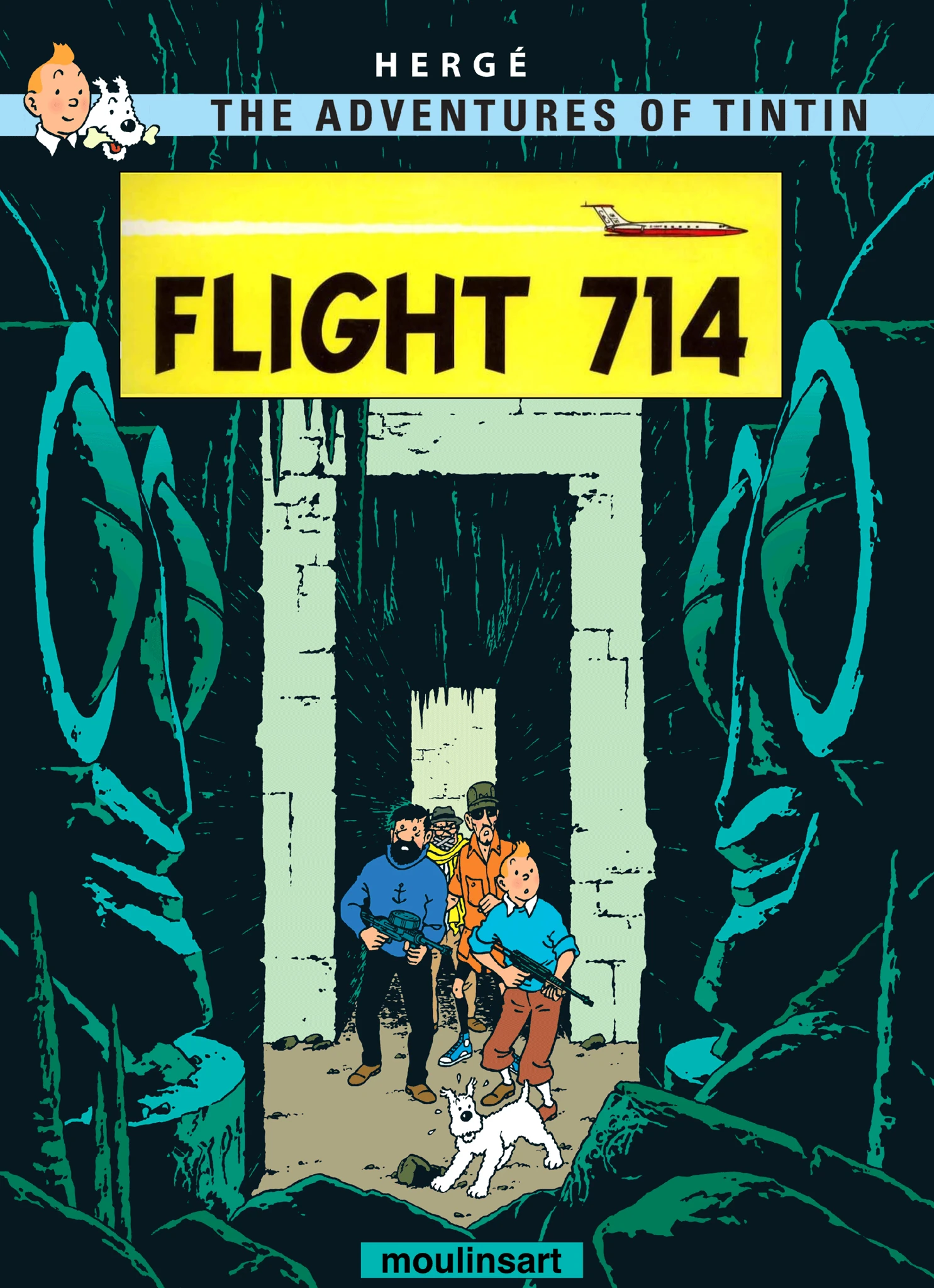Tintin, the famous Belgian comic book hero created by Hergé, has a strong connection to Indonesia. The character has made two trips to the country, and his adventures have featured many aspects of Indonesian culture, history, and politics.
Tintin’s first adventure in Indonesia took place in the book “The Broken Ear,” published in 1937. The story revolves around a stolen statue from a South American country, which ends up in the hands of a trader in a market in Indonesia. Tintin and his friend Snowy follow the trail of the statue to the island of Gaipajama, where they encounter a corrupt government, a rebel group, and a mysterious ear-shaped fetish.

In “The Broken Ear,” Hergé depicted several aspects of Indonesian culture, including the traditional markets, the Batik cloth, the gamelan music, and the puppets used in wayang performances. He also made references to the Dutch colonial history of Indonesia, as well as the political tensions of the time, such as the rise of nationalism and the suppression of dissent.
Tintin’s second adventure in Indonesia took place in the book “Flight 714,” published in 1968. The story involves a hijacking of a private jet en route to Sydney, which leads Tintin, his friends Captain Haddock and Professor Calculus, and their arch-nemesis Rastapopoulos to an island in Indonesia. There, they discover a secret base of extraterrestrial beings who possess advanced technology and plan to take over the world.

In “Flight 714,” Hergé portrayed Indonesia as a tropical paradise with lush vegetation, exotic animals, and friendly people. He also incorporated elements of Javanese mythology, such as the Garuda bird, and referenced the country’s aviation industry, with scenes set at the Kemayoran Airport in Jakarta.
Both “The Broken Ear” and “Flight 714” have become classics of the Tintin series, beloved by fans all over the world. They have also contributed to the popular image of Indonesia as a land of adventure, mystery, and diversity.
In recent years, the popularity of Tintin in Indonesia has led to various forms of tribute and adaptation, such as fan art, cosplay, and merchandise. The character’s legacy continues to inspire generations of readers and creators, both in Indonesia and beyond.



















